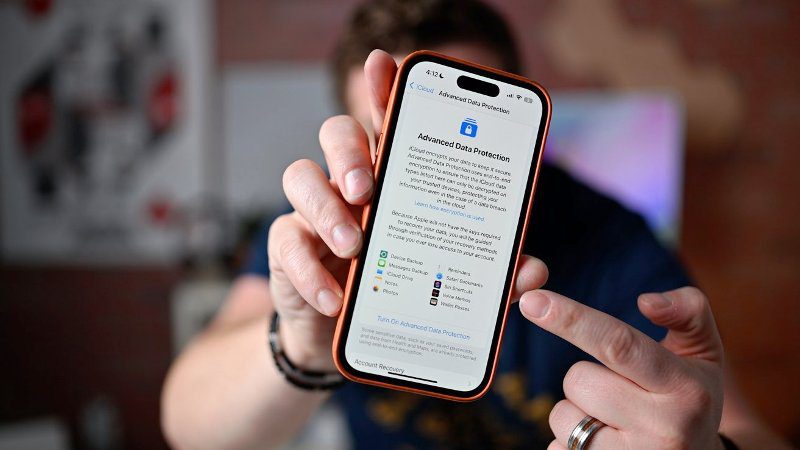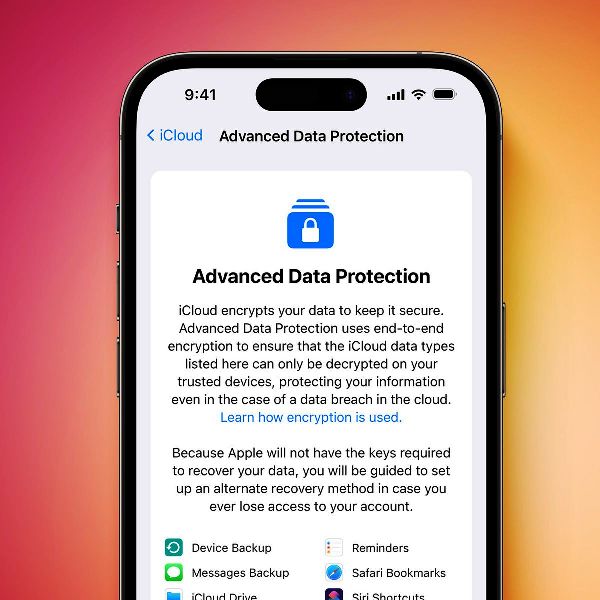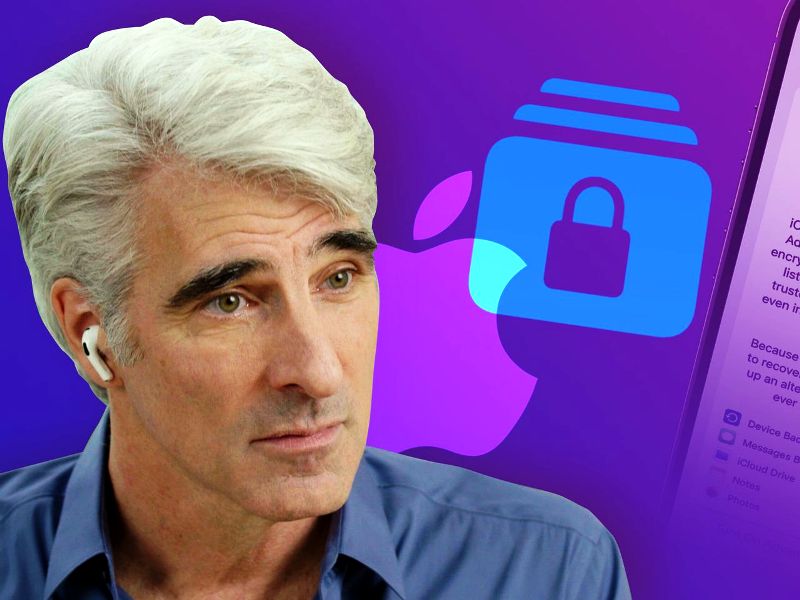In an increasingly interconnected and digital world, safeguarding personal information has become a paramount concern for individuals and organizations alike. At the forefront of this critical endeavour stands tech giant Apple, renowned for its innovative products and unwavering commitment to user privacy and data security.
As cyber threats evolve and data breaches loom larger than ever, Apple has responded by continuously advancing its encryption methods and privacy enhancements across its array of devices. This article delves into the intricate landscape of Apple’s cutting-edge encryption techniques, exploring how they contribute to the formidable fortress of privacy that Apple users have come to rely upon.
A Strong Foundation: Encryption Basics
At the core of Apple’s privacy ethos lies its commitment to robust encryption. Encryption converts data into a secure format that can only be read by someone with the appropriate decryption key. Apple employs end-to-end encryption, which means that only the intended recipients can access the decrypted data.
iMessage & FaceTime: End-to-End Encryption in Communication
Apple’s messaging platform, iMessage, and video-calling app, FaceTime, exemplify the company’s dedication to securing user communications. Both services employ end-to-end encryption, ensuring that text messages, photos, videos, and voice calls remain private and inaccessible to anyone, including Apple. This design prevents even Apple from accessing the content of these communications, as the decryption keys are solely in the hands of the users.
File & Data Encryption
Apple’s commitment to user privacy is evident in its robust encryption practices, ensuring that personal data remains secure, whether in transit or at rest. These encryption measures, encompassing both mobile devices and Mac computers, act as formidable barriers against unauthorized access, even in situations where the device falls into the wrong hands.
Beyond communication, Apple extends its encryption practices to the data stored on its devices. iOS devices, including iPhones and iPads, employ hardware-based encryption to protect files, photos, and other sensitive data. This encryption is tied to the device’s unique identifier (UID) and user-generated passcodes, making it nearly impossible for unauthorized users to access the data even if they physically possess the device.
In addition, Apple’s FileVault feature offers robust encryption for data stored on Mac computers. FileVault employs XTS-AES-128 encryption with a 256-bit key to protect the entire disk, rendering data inaccessible without the user’s login credentials.
Touch ID & Face ID: Biometric Security
Apple has also pioneered using biometric authentication methods to enhance device security. For example, Touch ID, which uses fingerprint recognition. This is a secure method that was used by millions of iPhone users. Even if this sensor breaks, you can easily use Apple replacement parts to fix the device. Face ID is the next step in security, which relies on facial recognition and provides convenient and secure ways for users to unlock their devices, authenticate transactions, and access sensitive information.
Crucially, biometric data is not stored on Apple’s servers or shared with third parties. Instead, it remains securely stored on the device’s Secure Enclave, a dedicated hardware component designed to protect sensitive information.
Differential Privacy: Balancing Data Utilization & Privacy
Apple’s privacy efforts extend beyond device encryption to include data collected from users for various services, such as Siri and Maps. Differential privacy is a technique Apple employs to gather valuable insights from user data while maintaining individual privacy.
Differential privacy involves adding carefully crafted noise to collected data before analysis. This ensures that while the aggregated data provides useful information, it cannot be used to identify specific individuals or their actions. By implementing differential privacy, Apple balances improving services and preserving user anonymity.
App Privacy Labels & Transparency
To empower users to make informed decisions about the apps they use, Apple introduced App Privacy Labels. These labels give users a clear overview of an app’s data collection practices before downloading or using it. Developers are required to disclose the types of data collected and whether that data is linked to the user’s identity.
This transparency initiative equips users with the information needed to assess an app’s privacy implications, enabling them to make choices aligned with their privacy preferences.
The Bottom Line
Apple’s advanced encryption methods and privacy enhancements underscore the company’s commitment to protecting user data in an increasingly digital world. Apple has taken extensive measures to safeguard user information, from end-to-end encryption in communication services to robust device and file encryption, biometric security, and differential privacy techniques.
While no system is immune to potential vulnerabilities, Apple’s approach places user privacy at the forefront. The combination of hardware-based security measures, strong encryption, and a commitment to transparency has positioned Apple as a leader in privacy-conscious technology. As digital threats evolve, Apple’s ongoing dedication to privacy enhancements will likely continue to shape the landscape of data security and privacy for years.



